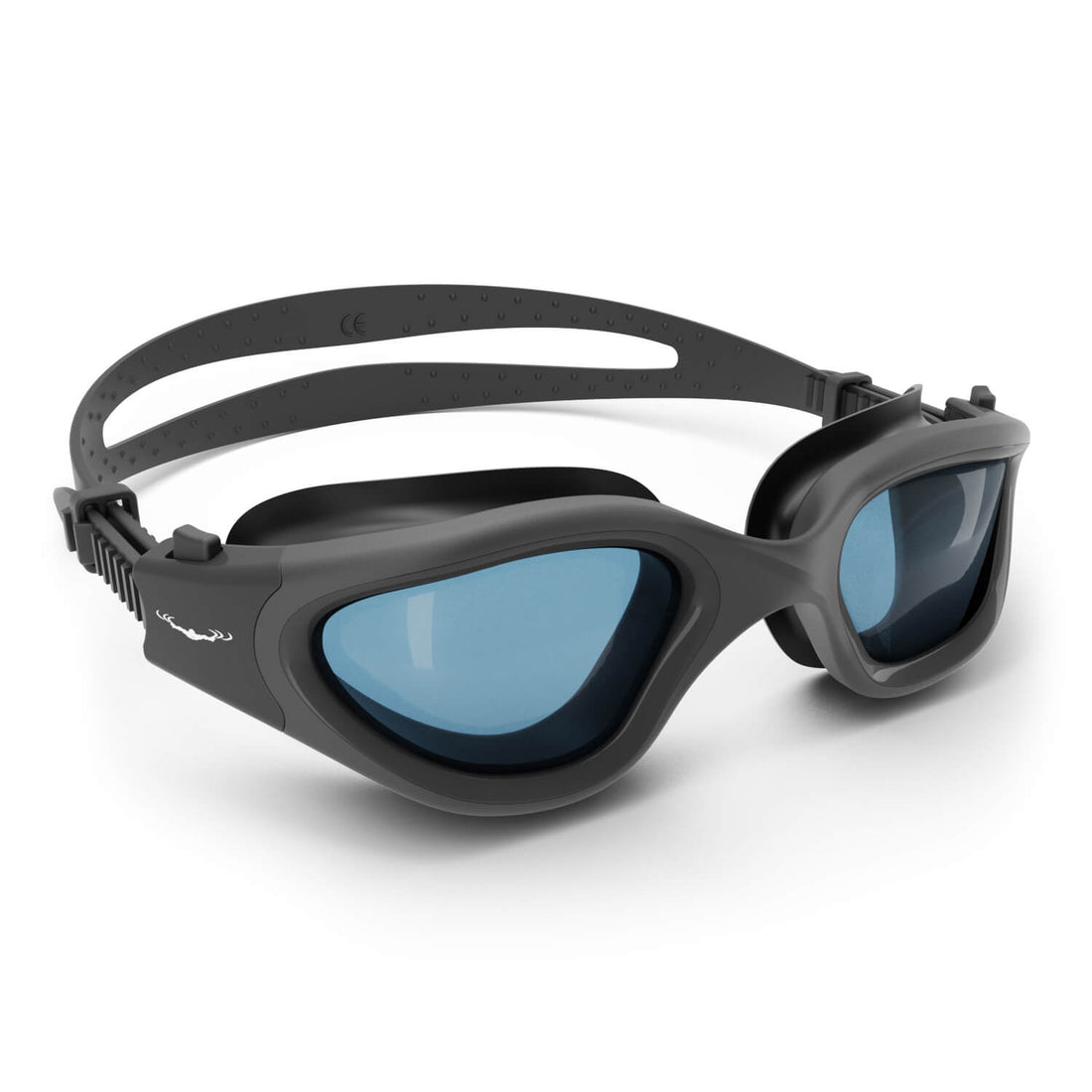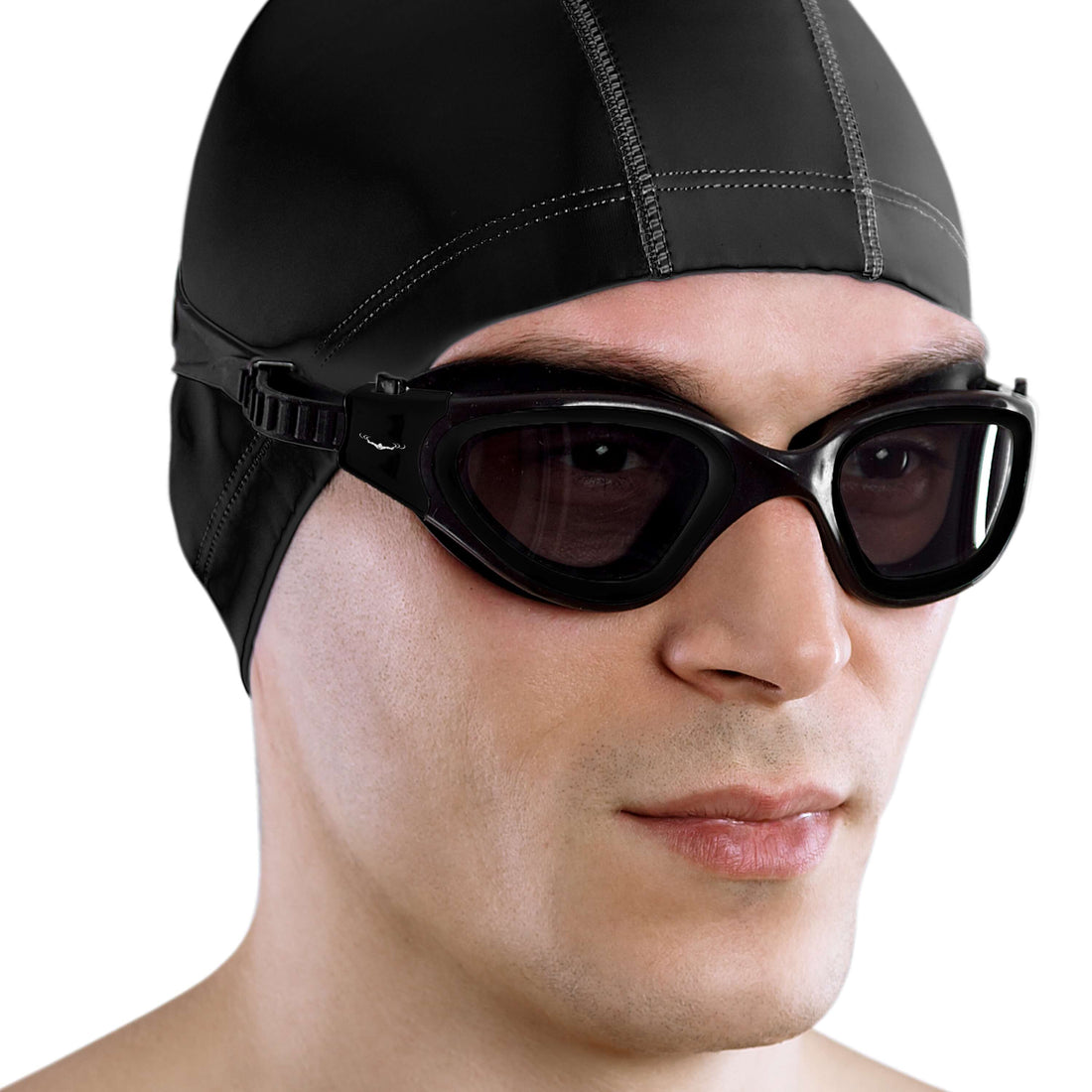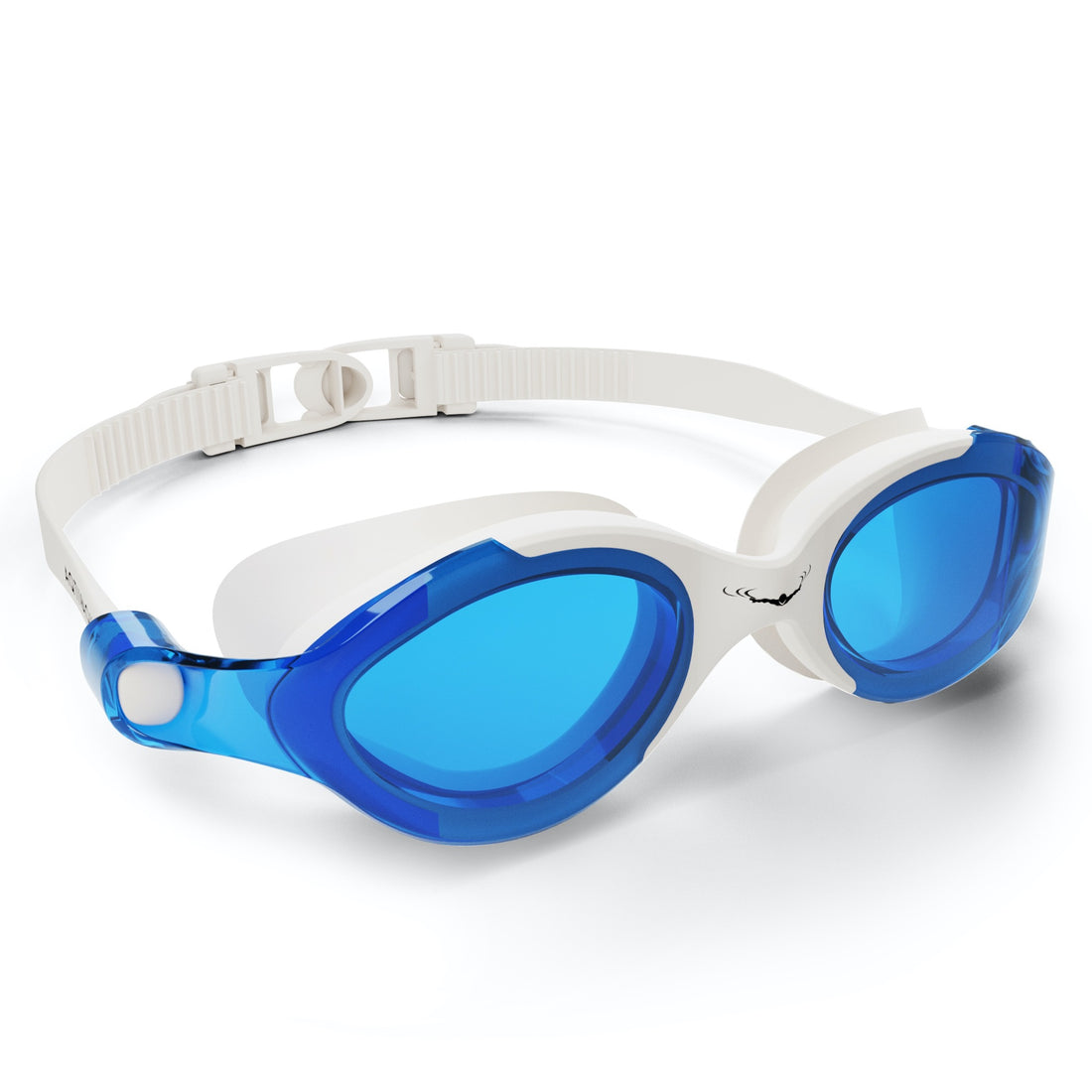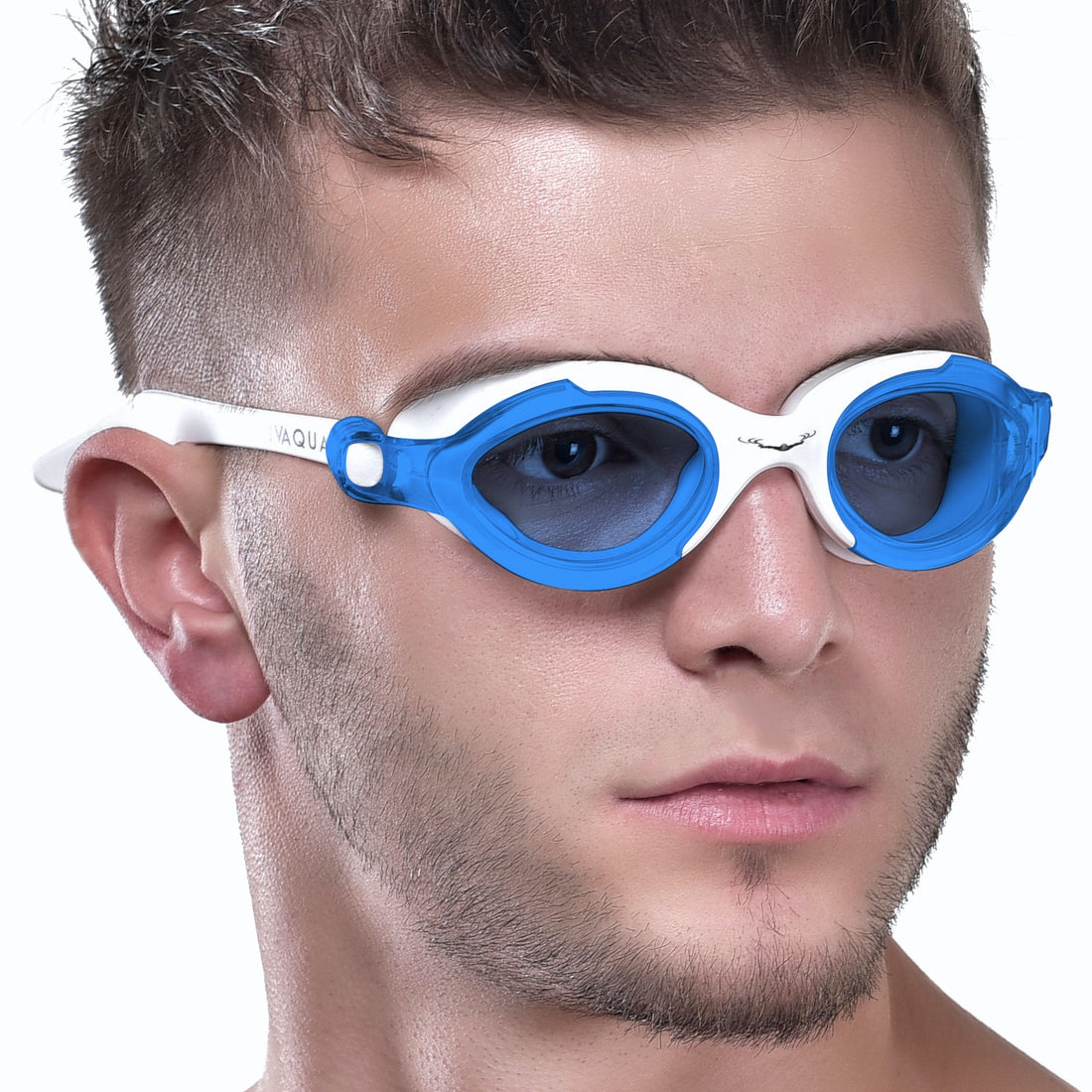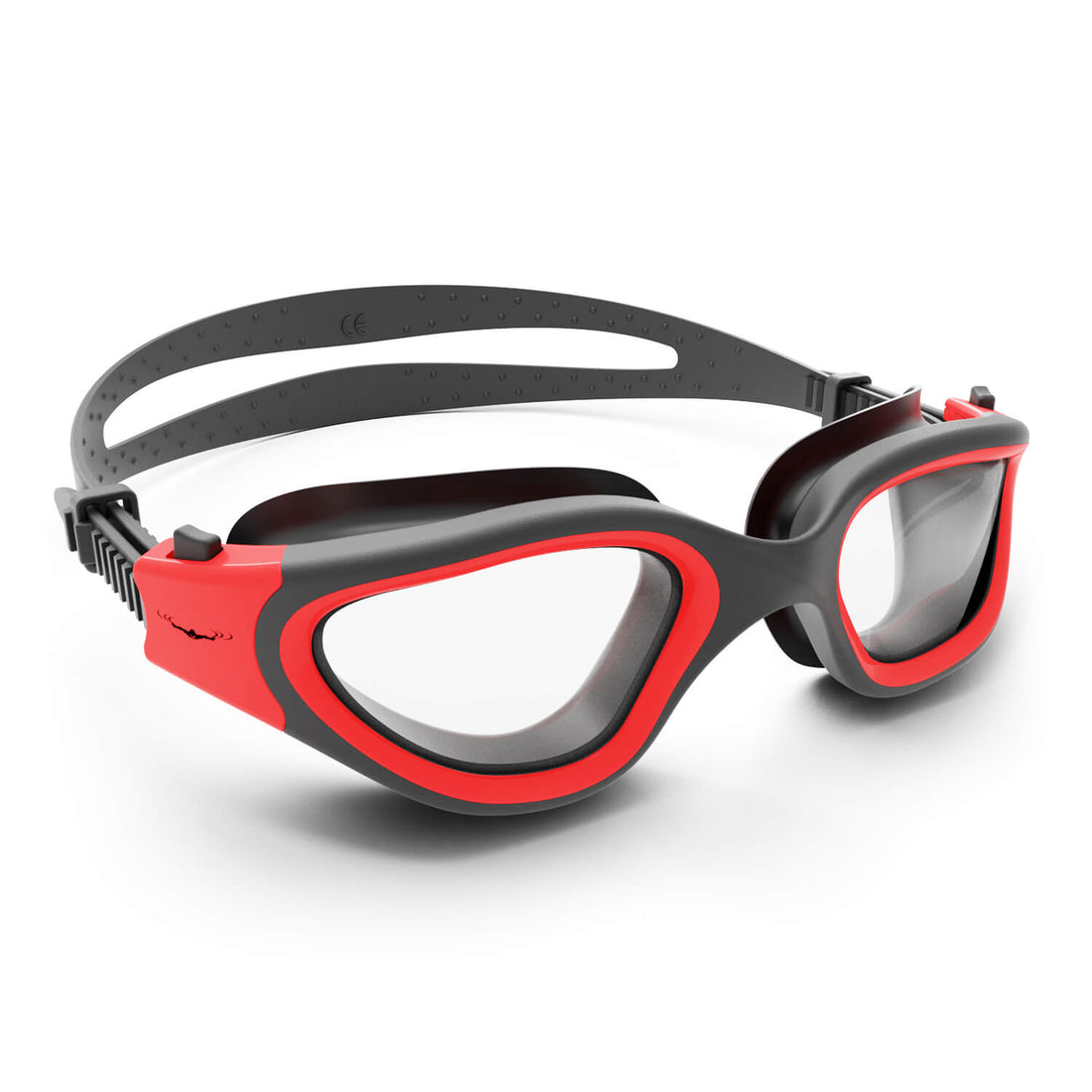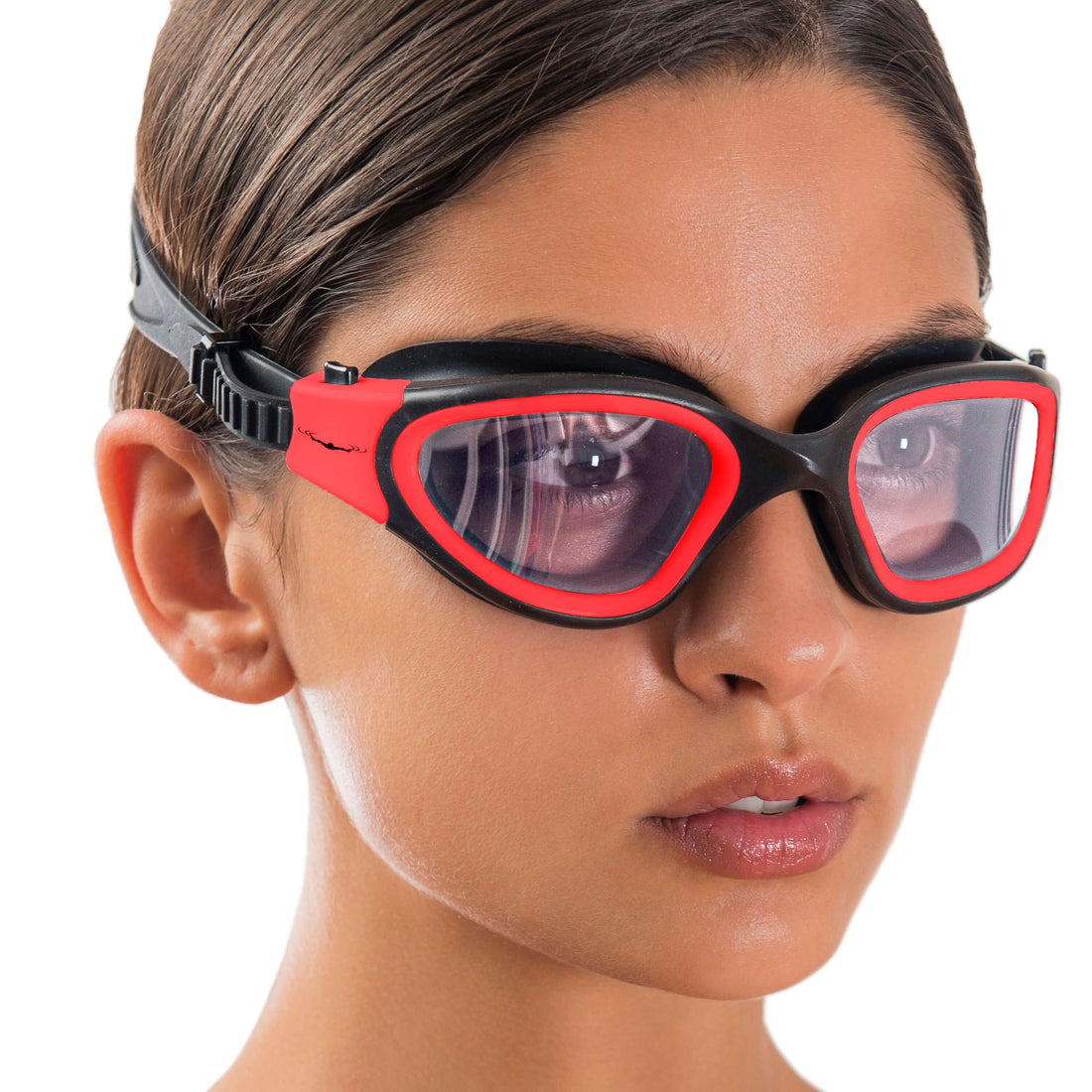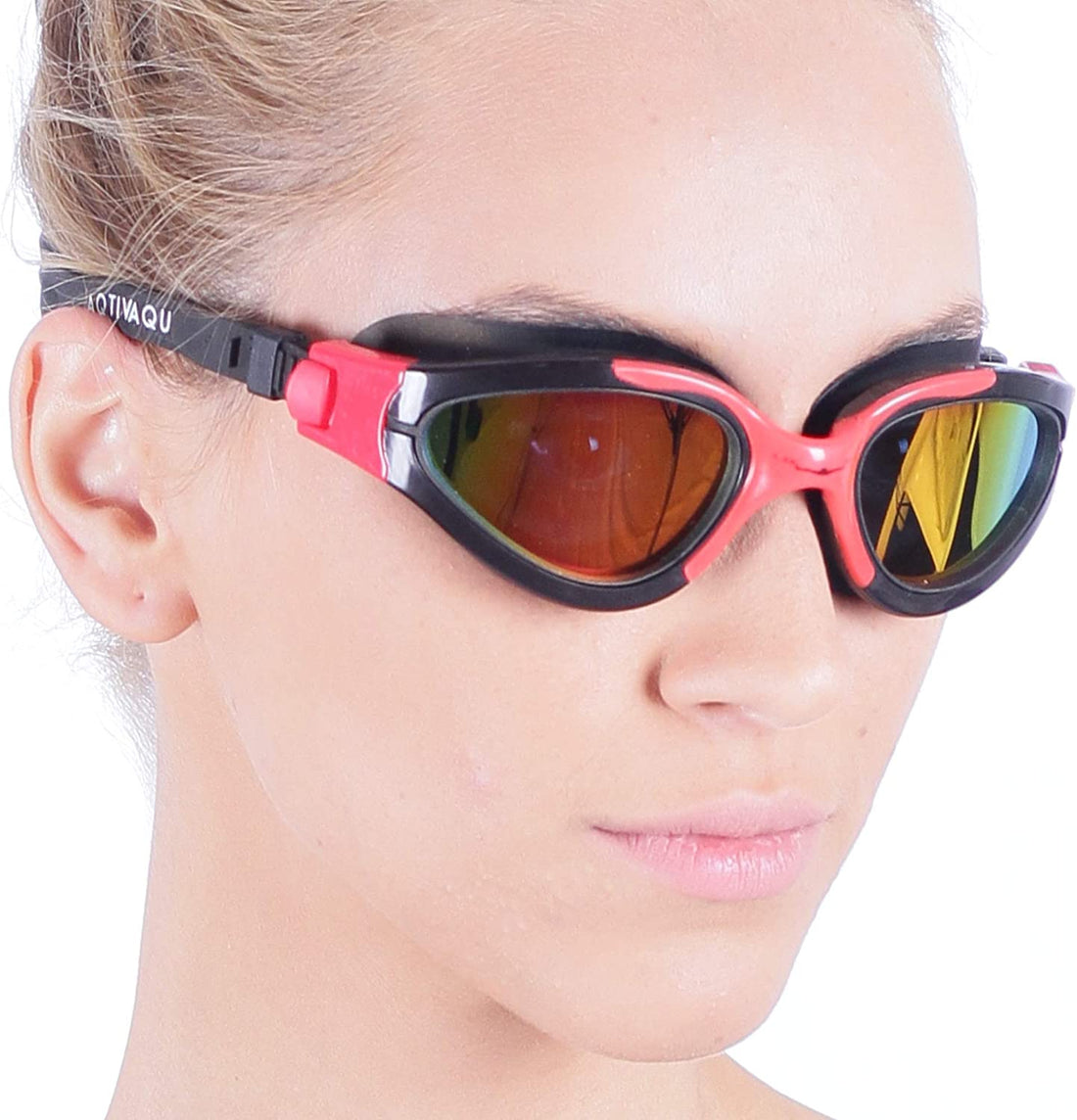In the vibrant world of aquatic sports, swim competitions represent the pinnacle of skill, discipline, and endurance. Whether you're a seasoned swimmer or a curious onlooker, understanding the intricacies of swim events enhances your appreciation and engagement with the sport. From the types of races to the essential gear, such as swim goggles, swim caps, and swim ear bands, we’ll explore everything you need to know about swim competitions.
The Evolution of Swim Competitions
Swim competitions have a rich history, dating back to ancient civilizations. The modern swim race format began taking shape in the 19th century and was formalized with the founding of organizations such as FINA (Fédération Internationale de Natation) in 1908. Today, swim competitions are recognized not just as tests of speed but as showcases of technique, strategy, and sportsmanship.
Types of Swim Competitions
In the world of competitive swimming, there are several types of events which can be categorized based on various criteria. Let’s break down the most common formats:
Olympic Events
The Olympics is the most prestigious platform for swimmers, featuring a variety of distances and strokes. Athletes prepare for years, aspiring to earn a coveted medal. The Olympic events often include:
- Freestyle: The most popular swimming style, known for its speed.
- Breaststroke: Characterized by a distinctive frog-like kick.
- Backstroke: Swimmers lie on their backs and use alternating arm movements.
- Butterfly: A challenging stroke that requires synchronizing both arms and legs.
- Individual Medley: Swimmers use all four strokes in one race.
Local and Regional Competitions
These events allow swimmers of all levels to showcase their skills. They often serve as qualifiers for national competitions. Local clubs typically host annual meets, allowing participants to gain experience and improve their times.
Relay Races
Relay events feature teams of swimmers who compete in sequence. Each swimmer tackles a portion of the race, combining their efforts for a best total time. These events create a sense of camaraderie among team members and are known for their excitement!
The Importance of Swim Gear in Competitions
Proper swim gear impacts performance significantly. From the sleek swim caps that reduce drag to the essential swimming goggles that provide clear vision underwater, here are the key equipment components:
Swim Goggles
Swimming goggles are crucial for competitive swimmers. They provide a watertight seal around the eyes, protecting them from chlorinated water and allowing for optimal visibility. Choosing the right pair is essential—look for options that fit snugly without overly constricting. Many athletes opt for tinted lenses to reduce glare from overhead lights in indoor pools.
Swim Caps
Swim caps are more than a fashion statement; they play a vital role in reducing drag and keeping hair dry and away from the face. Additionally, using swim caps helps to keep hair out of the lane ropes, minimizing distractions during races. Ensure your cap fits properly—too tight can be uncomfortable, while too loose may not provide the right benefits.
Swim Ear Bands
Swim ear bands help to protect swimmers’ ears from water entry, especially beneficial for those prone to ear infections. These bands are crucial in competitive settings where maintaining focus and comfort is necessary for optimal performance. Choosing the right type can make a noticeable difference in overall experience during prolonged races.
Training for Swim Competitions
For aspiring swimmers, competing is both thrilling and daunting. Proper training is essential for success. Here’s a look at effective strategies:
Developing Technique
Prioritize mastering strokes and turns, as these can significantly impact your race times. Work on your start and finish technique as well—they can be the difference between cups and a podium finish.
Endurance Training
Competitions require not just strength but also stamina. Incorporate long-distance training sets into your regimen. Gradually increase your distance to build endurance without risking injury.
Incorporating Drills
Drills focusing on particular strokes, turns, and starts enhance swim performance. Regularly including these types of practice can help pinpoint weaknesses and transform them into strengths.
Navigating Swim Competition Rules and Regulations
Each competition will have specific rules governing fair play, but there are some general principles that every swimmer should be aware of:
Understand the Stroke Rules
Familiarize yourself with the rules related to each stroke. Each style has unique regulations regarding how swimmers must perform, and failing to adhere to these can result in disqualification.
Starts and Turns
The initial start and flip turns are critical moments in any race. Properly executing these techniques not only saves time but also helps ensure compliance with competition rules.
Disqualification Triggers
Common disqualification reasons include false starts, improper turns, or stroke violations. It’s vital to be aware of these triggers and avoid them during competition.
Psychological Preparation for Competition
While physical training is crucial, mental preparation is equally important for swimmers. Here are some tips to enhance your mental game:
Visualization Techniques
Visualize your race from start to finish, including the feeling of the water and the rhythm of your strokes. This technique can build confidence and reduce anxiety when it's time to race.
Setting Realistic Goals
Establish achievable goals, whether it’s improving timing, mastering a particular stroke, or qualifying for another competition. Setting realistic benchmarks helps to keep focus and motivation through training.
Embracing the Competitive Spirit
Compete against yourself first before trying to beat others. This healthy mindset can alleviate pressure and foster a more fulfilling experience in the water.
The Role of Coaches in Swim Success
A coach's guidance is invaluable in any swimmer's journey. Here’s how they can help:
Structured Training Plans
Coaches design custom training regimens tailored to each swimmer's strengths and weaknesses, ensuring balanced development and improvement.
Providing Feedback
Understanding where you can improve is vital. Coaches can spot techniques or habits you might overlook and provide actionable feedback to refine your skills.
Mental Support
The journey can be tough, and having a supportive coach can provide the motivation you need to push through challenges and setbacks.
Cheering On Your Favorite Swimmers
Remember that swim competitions are exhilarating for spectators as well! Here are ways to show support:
- Be a Loud Supporter: Bring noise-makers or wear team colors to cheer for your swimmer!
- Take Pictures: Capture the moments—every swimmer loves to see their victories and improvement in pictures.
- Engage in Team Spirit: Rally with fellow fans to create an electric atmosphere at the competition.
Understanding Swim Communication
When attending competitions, learning the signs and signals used by teams can deepen your appreciation for the event. From the rallying shouts to the silent gestures during the race, swimmers and coaches engage in their unique language!
Your Journey Awaits
Whether you’re preparing for your first swim meet or supporting a friend or loved one, understanding swim competitions enriches the experience. With a solid grasp of the rules, vital gear like swim goggles, swim caps, and swim ear bands, and the excitement of competition, you'll appreciate the ability it takes to conquer the water. Dive into this thrilling world and let your passion for swimming guide you!



